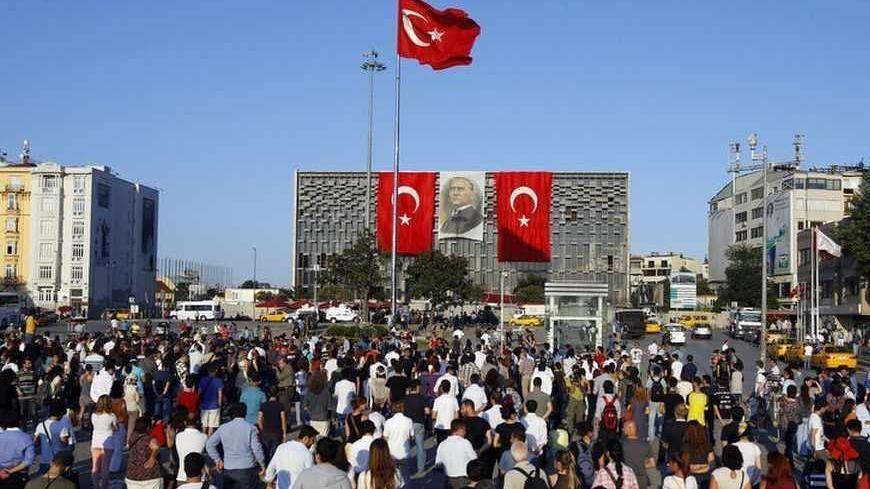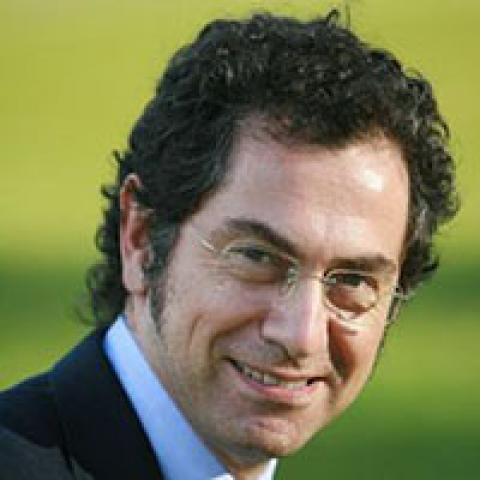The US House Foreign Affairs Committee’s Subcommittee on Europe, Eurasia, and Emerging Threats held a session June 26 in Washington, DC, on the Gezi Park protests. The members of the subcommittee heard from me as a “witness.” Based on written testimony submitted to subcommittee members beforehand, I shared my opinions and observations about the Gezi Park resistance with the congressional members and answered their questions.
In Congress, anyone invited to address a committee in special session is referred to as a “witness,” but in this case, I am an authentic witness because the apartment I live in at Taksim Square is only a few hundred meters from the focal point of the protests that started on 31 May when the police intervened against a few hundred activists at Gezi Park. In subsequent days, the heavy use of pepper gas affected me more than a few times while sitting on my balcony or after opening the window of my den. When Taksim Square and Gezi Park were under the control of the protesters, I had the possibility of observing the events "on location."



